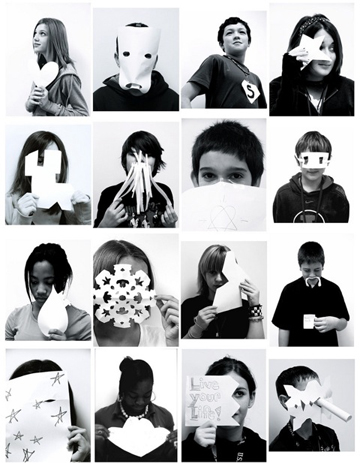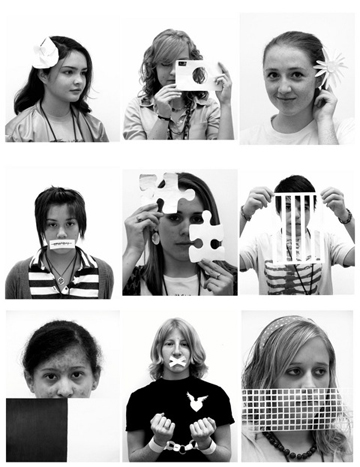I teach art at a school where the subject is not just a once-a-week occurrence. New City School is a Multiple Intelligences school where art (using spatial intelligence) is used daily by teachers in every subject to help students explore, process, learn, share, and demonstrate. Howard Gardner developed the Multiple Intelligences (MI) Theory in 1983 to expand the scope of what intelligence encompasses. Gardner has now defined nine intelligences: linguistic, logical-mathematical, interpersonal, intrapersonal, bodily-kinesthetic, musical, naturalist, existential, and spatial. The first two, linguistic and logical-mathematical, are heavily favored in the vast majority of schools.
I asked Tom Hoerr, head of New City School, for his thoughts on Multiple Intelligences as it relates to experience. He responded, “I’m a constructivist; people learn by making meaning. MI is particularly suited for active learning because it enables each of us to use our strengths and passions in making meaning.” I would also add that among the intelligences, the use of our spatial intelligence is particularly important in this construct. When we make art, we make meaning, learn through experience, and construct our own understanding. Through art we can better understand math, science, literature, etc. If only someone had told me in elementary school that math is beautiful, it might have saved me from many tearful homework assignments.
Learning is not a passive process in education or in art. John Dewey’s Art and Experience is an interesting testament to this. So how does all of this play out in art class? Here are some examples from a conceptual paper portrait project I do with my 6th graders.
We start by looking at the art of Cindy Sherman and Kimiko Yoshida and discuss identity as it relates to visual culture, particularly the concept of gaze. This project, inspired by a New Art in the Neighborhood workshop from the Contemporary Art Museum St. Louis, has them considering the unlimited possibilities of a single white sheet of paper. Students decided what identity to create for their portrait using the blank piece of paper as a conceptual starting point, producing very creative and often humorous results. Ultimately, the experience causes them to reflect on their own identity and they begin to understand that all identity is something invented, created, and ever-changing. A big concept made meaningful through artmaking.
Shannah Burton teaches art at New City School in St. Louis, Missouri.




